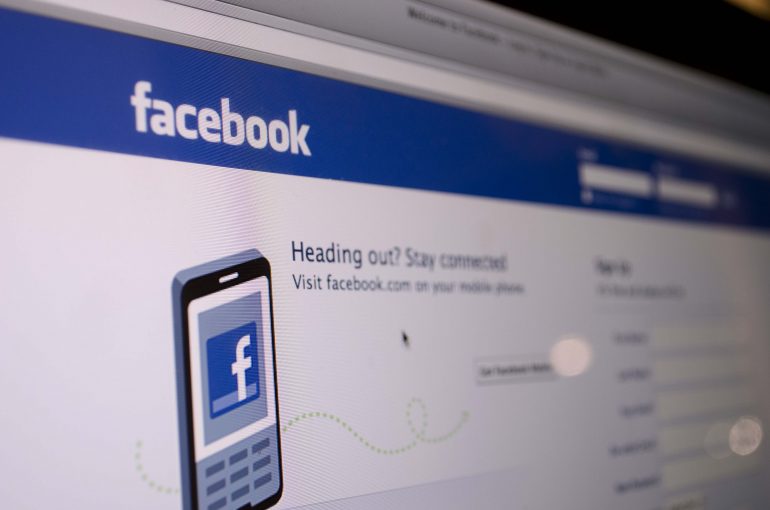EDGEWATER – At South River High School this fall, numerous students were bashing their classmates’ appearances, intelligence, sexuality and more, using language that was anything but appropriate for school.
Unlike their counterparts of the past, who affronted victims face-to-face, these bullies were masked, tearing down fellow students from behind a keyboard and monitor. The abusers remained unidentified, targeting victims with anonymous posts on a Facebook page called “South River Insults.”
Social networking through Facebook, Twitter and other sites has become a part of daily life for teens, even infiltrating school systems. But worrisome online behavior, whether a verbal attack or a threat of physical harm, is often difficult to track, and therefore difficult to prevent.
“Technology is what teens are doing these days,” said Justin Patchin, co-director of the Cyberbullying Research Center in Wisconsin. “There are some kids who say things online that they would never say…in the real world.”
Schools and law enforcement officials are becoming more aware of this method of intimidation, as seen at the University of Maryland this weekend.
Police there responded swiftly when an on-campus undergraduate used social media websites Reddit and Omegle to threaten a massive school shooting. They arrested him Sunday before any violence could take place.
Other school systems in the past have thwarted potentially serious situations because someone noticed a social media post, Patchin said.
“Kids need to be empowered to report any threats,” he said, adding that technology can be used to find the source of any online post, though it does take some effort.
Without knowledge of who committed an online offense, the problem can quickly spiral out of control, as it did at South River.
“Social media in general is tricky,” said Bob Mosier, public information officer for Anne Arundel County Public Schools. “Anonymity is a big problem.”
With “South River Insults,” students kept their malicious comments anonymous by sending a private message to the creator of the page, who would then post the insult to the wall.
“You would read (the page) and just go ‘oh my God,'” said Edie Picken, assistant principal at South River. “It was really just unnecessary, scathing remarks about people…to hurt them.”
Although school administrators could have potentially found the identity of the student who created the page through technical means, identifying the posters themselves would have been an additional lengthy process.
Picken said that none of the posts was serious enough to warrant such an investigation into the source. Instead, school administrators worked with Facebook to shut down the page to prevent future incidents.
South River Insults was deactivated promptly, but it had gained a strong following in only a few months. Students at Crofton Middle, Central Middle and Arundel High schools also created insult pages, which appear to have been deactivated as well.
However, Picken and Mosier said it is likely that students continued to create new, replacement insult pages.
At South River, Picken said, the inappropriate online comments made at home were causing behavioral issues in the classroom, where the victims met their insulters face-to-face.
Research has shown that bullying in person at school is still more common than cyberbullying, said Patchin, but “there is a high connection between what goes on in school and online.”
“We have a duty to look into these things and make sure there isn’t a safety issue,” said Mosier. The tricky part, he said, is that insulting someone is not against the law.
In extreme cases, such as that of Chardon High School in Ohio, where five students were shot and three killed in February, suspicious behavior online can be an indicator of danger to come.
Multiple reports have said the alleged shooter, T.J. Lane, posted a threat on Twitter just hours before the violence began, however, this has not been confirmed and the tweet in question has been deleted.
Additionally, in December, Lane posted a dark poem on Facebook that ended with the words, “Die, all of you.” This post has since been deleted from the social networking site.
Sometimes, these hints slip through the cracks, but when a student makes a direct threat, his or her speech is no longer protected, according to a presentation on bullying from the Maryland State Department of Education. At that point, the challenge is catching online threats in time and taking them seriously, as was done at the University of Maryland this weekend.
At South River, said Picken, the offending Facebook page was shut down before insults evolved into threats.
“You’re not going to spot every warning sign every time,” said Mosier. “I would say that communication about them is key.”
For those who do notice warning signs or threats online, calling the police or a county student safety hotline can help prevent an incident.

